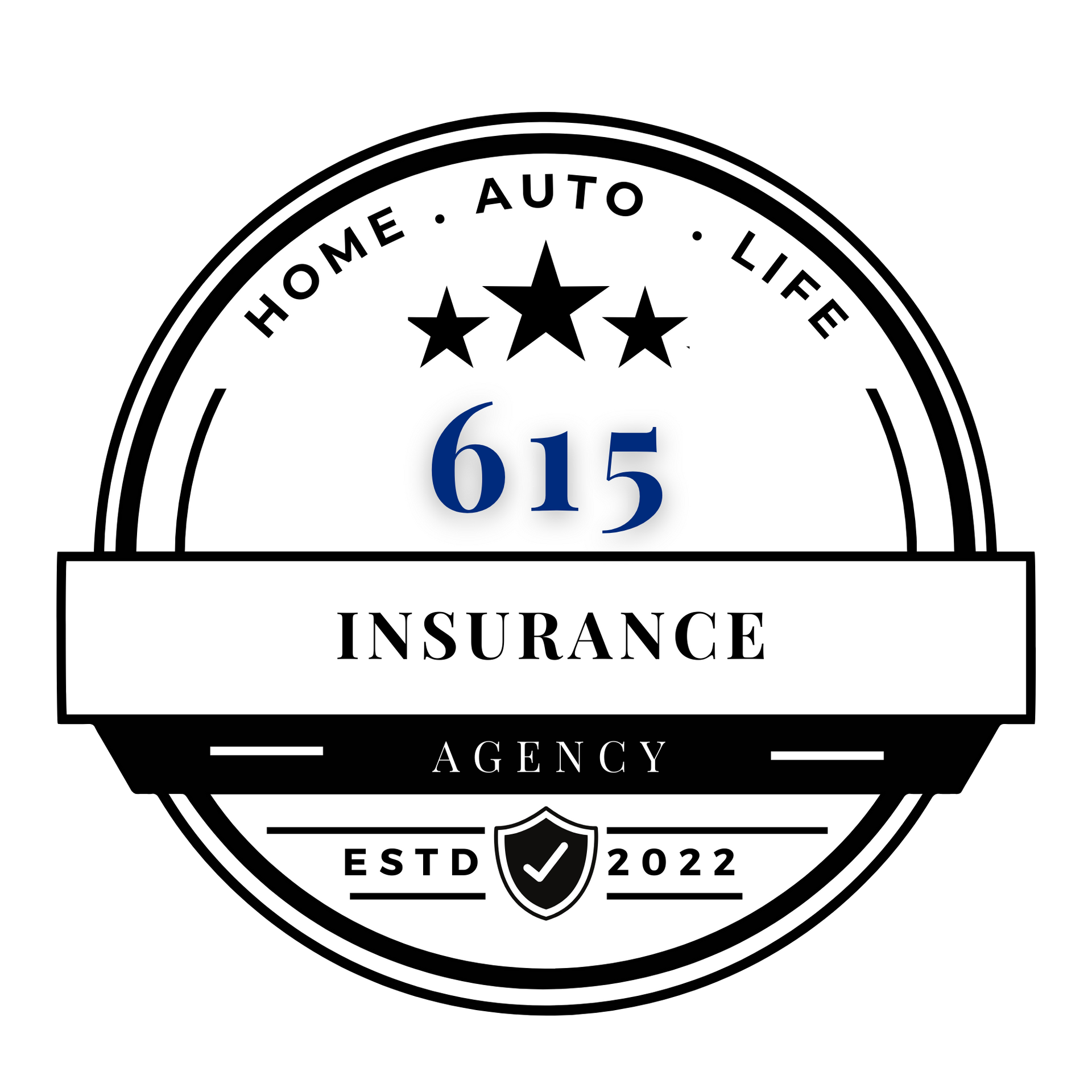lance • July 8, 2025
Why the State Minimum Auto Insurance Might Be One of the Worst Financial Decisions You Can Make
State Minimum car insurance is bad?

When it comes to car insurance, many drivers are tempted to select the cheapest possible option: the state minimum required coverage. On the surface, this might seem like a savvy financial decision. After all, why pay more for something you may never use? But in reality, relying solely on state minimum auto insurance can be a serious financial mistake — one that could cost you thousands of dollars and leave you vulnerable in ways you may not expect.
In this post, we’ll explore why state minimum coverage often falls far short of what drivers actually need and why investing in more comprehensive protection is one of the smartest moves you can make.
What Is State Minimum Auto Insurance?
Every state sets its own legal minimum requirements for auto insurance. Typically, these minimums include liability coverage for bodily injury and property damage. In many states, this means your policy might only need to cover something like:
• $25,000 per person for bodily injury
• $50,000 per accident for bodily injury
• $10,000 for property damage
These numbers vary by state, but they’re often shockingly low when compared to the potential real-world costs of an accident.
The True Cost of an Accident
Imagine this:
You’re involved in a serious accident and deemed at fault. The other driver has to be hospitalized, and their vehicle is totaled. Medical bills alone can quickly exceed $100,000, and that’s not even considering lost wages, rehabilitation, or pain and suffering. The average new car today costs over $40,000, and luxury or specialty vehicles can cost much more.
If your insurance only covers the state minimum — say, $25,000 per person for bodily injury — you’re personally responsible for anything beyond that. That means your savings, future earnings, and even assets like your home could be at risk.
The Hidden Risks of Inadequate Coverage
Aside from the obvious financial exposure, minimum coverage often fails to provide protection in several other key areas:
• No Collision or Comprehensive Coverage:
These cover your own vehicle in case of accidents, theft, fire, or weather-related damage. State minimums don’t include these.
• No Uninsured/Underinsured Motorist Coverage:
If you’re hit by someone who doesn’t have insurance or has too little, you could be left footing the bill unless you’ve added this optional protection.
• Limited Legal Support:
More comprehensive policies often provide access to better legal defense in case you’re sued following an accident.
You May Be Targeted in a Lawsuit
If you cause a major accident and your policy runs out of coverage early, attorneys and insurance companies can — and often do — come after your personal assets. You could face wage garnishment or have liens placed on your property. It’s a scenario no driver wants to face, yet it happens every day to those who thought minimum coverage was "enough."
Minimum Coverage Doesn’t Keep Up with Inflation
Medical costs and vehicle prices have risen dramatically in the past decade, yet state minimums often haven’t kept pace. What was considered “adequate” coverage 10 years ago may now be dangerously insufficient. Sticking with outdated minimums means you're essentially rolling the dice every time you hit the road.
Better Coverage Is Often Surprisingly Affordable
One of the biggest misconceptions about auto insurance is that better coverage always means significantly higher premiums. In many cases, raising your liability limits and adding essential protections like collision or comprehensive coverage only costs a few extra dollars a month — especially if you qualify for discounts (good driver, multi-policy, etc.).
Ask yourself: Would you rather save $20 a month now, or avoid potentially owing hundreds of thousands of dollars later?
Real-Life Example:
The $10,000 Mistake
Consider Jane, a driver in her late 20s who opted for her state’s minimum auto insurance. One rainy evening, she hydroplaned and crashed into another car — a luxury SUV. Both vehicles were totaled, and the other driver required hospitalization. Jane’s policy covered only a fraction of the damages. She was left owing nearly $60,000 out-of-pocket. A policy upgrade that would have prevented this? Less than $18 extra
per month.
Peace of Mind Is Priceless
Insurance isn’t just about checking a legal box — it’s about protecting your peace of mind. When you carry sufficient coverage, you’re not only complying with the law, but you’re also insulating yourself and your loved ones from financial disaster.
In today’s fast-paced world where accidents, lawsuits, and medical costs are all too common, minimum coverage simply doesn’t cut it.
What Coverage Should You Consider Instead?
While every situation is different, most insurance experts recommend liability coverage of at least:
• $100,000 per person for bodily injury
• $300,000 per accident for bodily injury
• $100,000 for property damage
Plus, consider adding:
• Collision Coverage:
Covers damage to your car in a crash.
• Comprehensive Coverage:
Covers theft, vandalism, and natural disasters.
• Uninsured/Underinsured Motorist Coverage:
Protects you from other drivers’ lack of coverage.
• Medical Payments or Personal Injury Protection (PIP):
Helps cover medical bills for you and your passengers.
Final Thoughts: Don’t Gamble with Your Future
Driving with only the state minimum auto insurance might save you a few bucks each month, but it’s a gamble — and the stakes are incredibly high. One serious accident can undo years of financial progress and put your future in jeopardy.
Instead of settling for the bare minimum, talk to an insurance advisor about customizing a policy that truly meets your needs. It’s one of the smartest investments you can make in your long-term financial security.
At the end of the day, insurance isn’t just about what you have to
do — it’s about what you should
do to protect yourself and the people you care about most.

